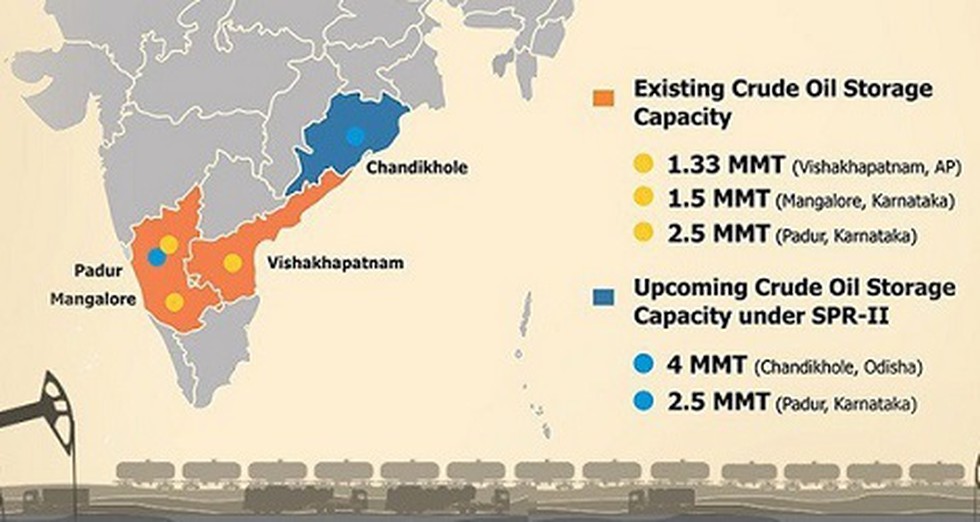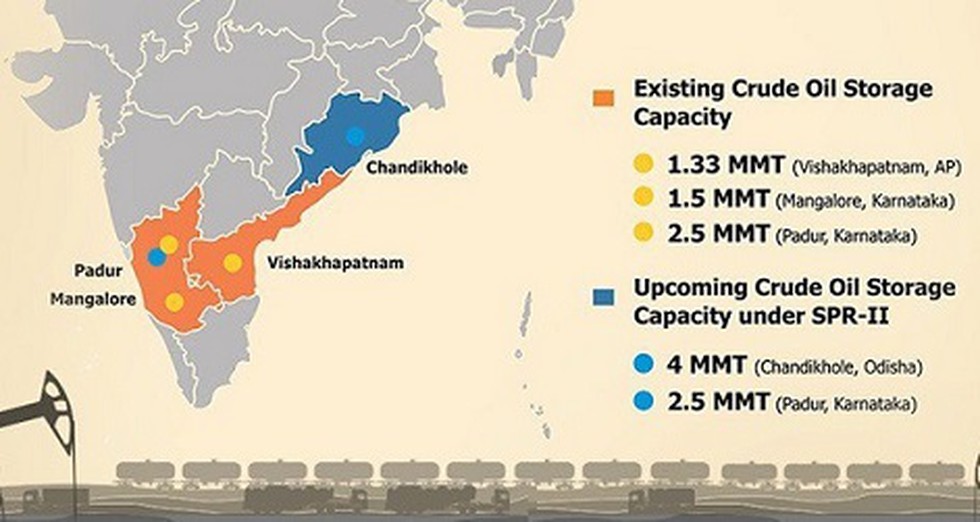CURRENT AFFAIRS
Get the most updated and recent current affair content on Padhaikaro.com
STRATEGIC OIL RESERVES
- Vaid's ICS, Lucknow
- 27, Nov 2021

Why in News?
India’s move to release 5 million barrels of oil from its strategic reserves as part of a coordinated challenge led by the US against the OPEC+ producers’ cartel’s move to curb output, is the first time that New Delhi would be dipping into its reserves to leverage it as a geopolitical tool.

About:
- The oil will be released “in parallel and in consultation with” the US, China, Japan and South Korea, the Oil Ministry said in a statement, without specifying a timeframe.
Why are these countries releasing oil from strategic reserves?
- It is part of a concerted effort to negate upward pressure on crude prices from OPEC+ — a 13-country grouping of oil exporters that has been joined since 2016 by 10 others led by Russia to decide production quotas — keeping supply below demand, even though the action is largely symbolic in nature.
- India has called for an increase in the supply by OPEC+ at multiple international forums and in bilateral talks with oil producing countries.
- India argues that high crude oil prices are impacting the post-Covid economic recovery, especially in the developing countries.
Important Info :
What are India’s strategic petroleum reserves?
- Under the first stage of the Strategic Petroleum Reserve project, underground rock caverns with total storage of 5.33 MMT, or about 38 million barrels of crude oil, have been commissioned at three locations — Visakhapatnam (1.33 MMT), Mangalore (1.5 MMT), and Padur in Karnataka (2.5 MMT).
- The International Energy Agency (IEA) recommends that all countries hold crude oil stocks worth 90 days of imports.
FACTS FOR PRELIMS:
Omicron:
The World Health Organization (WHO) classified a new variant of SARS-CoV-2, currently circulating in South Africa, as a ‘variant of concern’. It also named it Omicron.

- The Network for Genomics Surveillance in South Africa (NGS-SA) had identified the variant. It had detected a group of related SARS-CoV-2 viruses, which belong to a lineage named B.1.1.529.
- Early indications are that this variant is possibly even more transmissible than the highly infectious Delta variant, and that current vaccines may be less effective against it.
- From what is known currently, B.1.1.529 has multiple spike protein mutations, and preliminary analysis suggests it is highly infectious.
- The has “very unusual constellations of mutations” — with 30 in the region that encodes the spike protein, which is responsible for the virus’s entry in human cells.